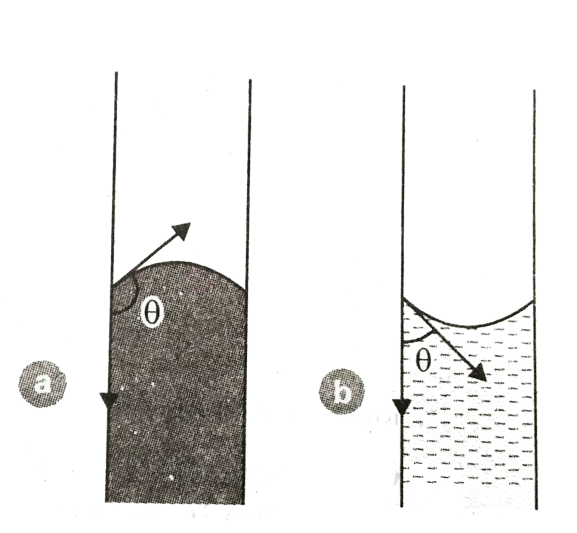
The rise in the water level in a capillary tube of radius 0.07 cm when dipped vertically in a beaker containing water of surface tension 0.07
(A) 2 cm
(B) 4 cm
(C) 1.5 cm
(D) 3 cm
Answer
138.9k+ views
Hint When a capillary tube is inserted in water or any other liquid. It experiences capillary rise or fall depending on the density of the liquid. We know that the rise in height of the capillary is directly proportional to surface tension and angle of contact. Also, it is inversely proportional to the radius of the tube, the density of the liquid, and the acceleration due to gravity.
Complete step-by-step answer:
We are given that the radius of the capillary tube is,
The surface tension of water is also given,
We know that the density of water is,
The angle of contact for water is zero degrees.
Using the expression for the rise in the capillary tube :
Where h is the rise of a liquid in a capillary tube
S is the surface tension of the liquid used in the capillary tube
r is the radius of the capillary tube
and g is the acceleration due to gravity
Now, substituting all the given values in the expression for h, we get
Therefore, option (A) is correct.
Note The angle of contact is the angle that a perpendicular to the walls of the capillary makes with the meniscus of the liquid at the point of contact.

This is a diagram of two liquids where liquid(a) has a convex meniscus
Complete step-by-step answer:
We are given that the radius of the capillary tube is,
The surface tension of water is also given,
We know that the density of water is,
The angle of contact for water is zero degrees.
Using the expression for the rise in the capillary tube :
Where h is the rise of a liquid in a capillary tube
S is the surface tension of the liquid used in the capillary tube
r is the radius of the capillary tube
and g is the acceleration due to gravity
Now, substituting all the given values in the expression for h, we get
Therefore, option (A) is correct.
Note The angle of contact is the angle that a perpendicular to the walls of the capillary makes with the meniscus of the liquid at the point of contact.

This is a diagram of two liquids where liquid(a) has a convex meniscus
Recently Updated Pages
How to find Oxidation Number - Important Concepts for JEE

How Electromagnetic Waves are Formed - Important Concepts for JEE

Electrical Resistance - Important Concepts and Tips for JEE

Average Atomic Mass - Important Concepts and Tips for JEE

Chemical Equation - Important Concepts and Tips for JEE

Concept of CP and CV of Gas - Important Concepts and Tips for JEE

Trending doubts
JEE Main 2025 Session 2: Application Form (Out), Exam Dates (Released), Eligibility, & More

JEE Main 2025: Derivation of Equation of Trajectory in Physics

Learn About Angle Of Deviation In Prism: JEE Main Physics 2025

Electric Field Due to Uniformly Charged Ring for JEE Main 2025 - Formula and Derivation

JEE Main 2025: Conversion of Galvanometer Into Ammeter And Voltmeter in Physics

Degree of Dissociation and Its Formula With Solved Example for JEE

Other Pages
Units and Measurements Class 11 Notes: CBSE Physics Chapter 1

JEE Advanced Marks vs Ranks 2025: Understanding Category-wise Qualifying Marks and Previous Year Cut-offs

Motion in a Straight Line Class 11 Notes: CBSE Physics Chapter 2

Important Questions for CBSE Class 11 Physics Chapter 1 - Units and Measurement

NCERT Solutions for Class 11 Physics Chapter 1 Units and Measurements

NCERT Solutions for Class 11 Physics Chapter 2 Motion In A Straight Line




